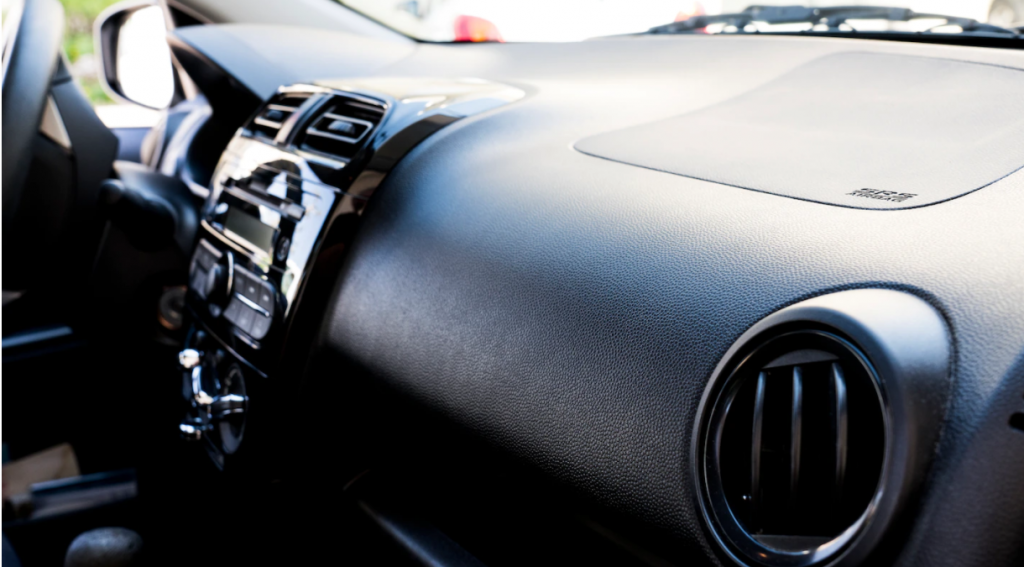Embossing Process

From car dashboards to synthetic leather handbags with realistic animal hide textures, coated fabrics are integral to many aspects of daily life. These intricate, relief-like patterns are achieved through the embossing process, which is essential for adding both aesthetic appeal and functional textures to materials.
How Embossing Works
Embossing involves creating raised or recessed designs on a material’s surface. To achieve this, the material is first heated, allowing it to become pliable enough to adopt new 3D patterns. Once heated, the material is passed through an engraved roller, which imprints the desired texture. As the material cools, it retains the embossed design, creating a durable and visually appealing finish.
In the production of large-scale, multi-layer plastic textiles—such as synthetic leather, tarpaulins, and floor coverings—heat plays a crucial role at various stages. The final embossing step is particularly important, where the surface structure, like the grain of faux leather, is created. Precise temperature control is critical to ensure a uniform pattern across the entire width of the material. Leister’s KRELUS IR heater field, designed modularly with individually controllable heater groups, delivers precise and consistent surface temperatures, ensuring optimal embossing results.
Embossing Synthetic leather
Synthetic leather, also known as faux leather, typically consists of multiple layers, including a base fabric and a decorative plastic layer, often made of PVC or polyurethane.

Embossing decorative layers

Embossing is also widely used in the production of decorative layers for wallpaper, floor coverings, and interior design elements. In these applications, the pre-fabricated material is heated at the surface before being embossed with steel rollers, which impart the characteristic surface structure. This process adds both texture and dimension, enhancing the aesthetic appeal of the final product.
With Leister’s advanced heating solutions, manufacturers can achieve precise, consistent embossing results, ensuring high-quality textures that meet the demands of various industries.
